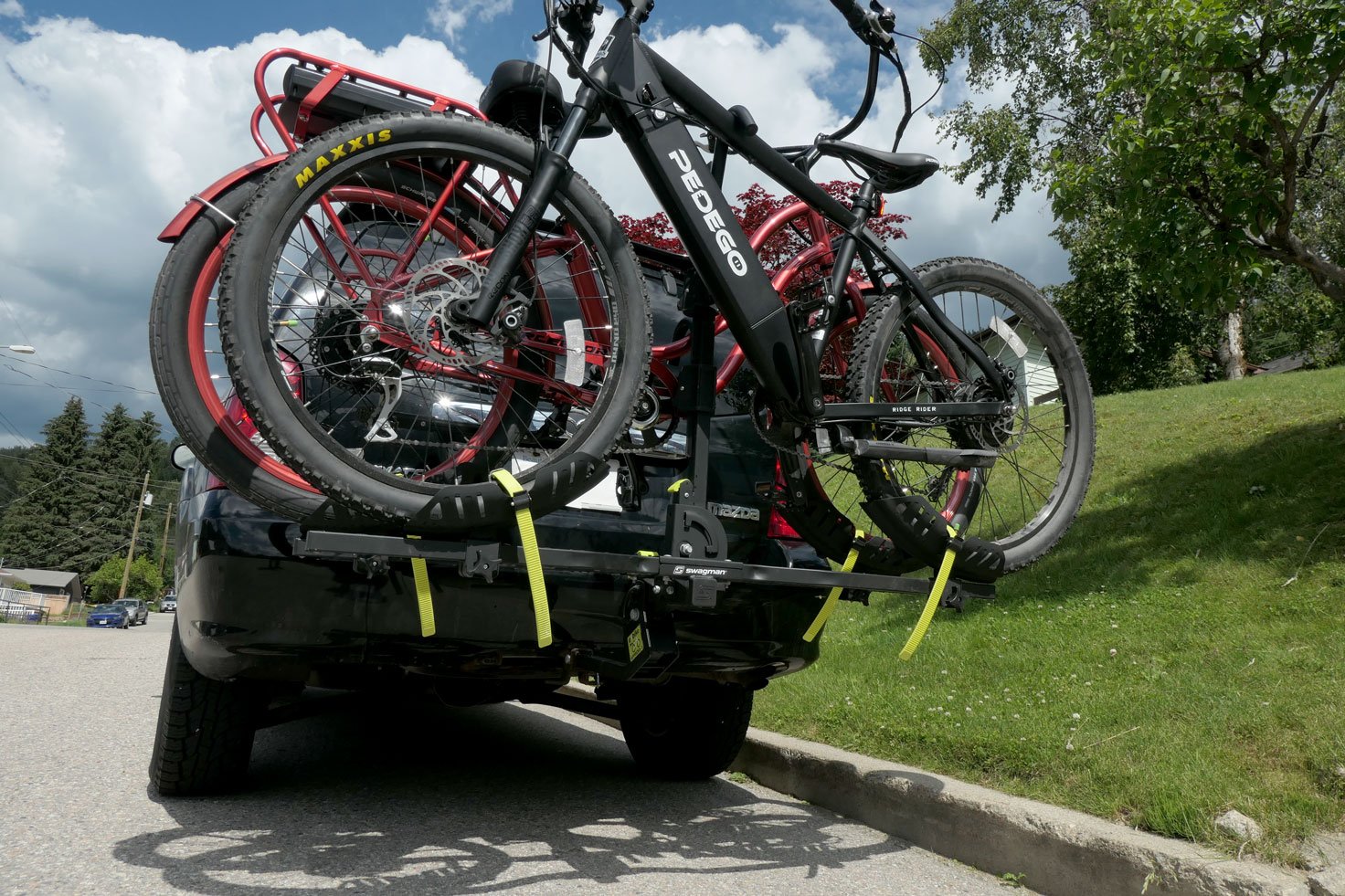How To Take Care Of Your Lithium-Ion Battery

Did you know the battery in your Pedego electric bike is made of the same material that’s in your laptop, cell phone and electric car? Lithium-ion battery technology has come a long way in the past decade and it’s now what powers many of our electronics. What you might not know is there are easy things you can do to maintain lithium-ion batteries and prolong their lifespan. In most cases, you should expect a battery to last up to 5 years if it is well maintained. (A lithium-ion battery will slowly lose its capacity over time, even if it’s not used.) Pedego batteries are covered by a 5-year prorated warranty which is testimony to how well we believe our lithium-ion batteries are made.
In this “How To Take Care Of Your Lithium-ion Battery” article, we’re going to look at easy things you can do to help improve the performance and lifespan of the lithium-ion battery that powers your electric bike (and all other lithium-ion batteries for that matter).
Don’t Let Your Lithium-ion Battery Get Too Hot
It’s important you avoid storing a lithium-ion battery in the direct sunlight or in very hot places, such as the interior of a car during hot whether, for long periods. This rule goes for all lithium-ion batteries, whether they’re in your computer or your electric bike. In short, heat hurts batteries. Likewise, extreme cold isn’t great for your lithium-ion battery but it’s not as problematic as extreme heat. The lithium-ion battery on your electric bike is designed to go out in the cold and any Pedego electric bike owner in Canada will tell you they work very well in winter weather. However, to prolong the lifespan of your lithium-ion battery, it’s best not to keep your electric bike battery out in the cold for long periods of time. For example, taking your electric bike into town and locking it outside in cold weather for a few hours and then riding home again is fine. But rather than leave it outside overnight, it’s a good idea to store your bike inside (in a garage or basement for example) or at the very least remove the battery and store that inside. The ideal temperature at which to store your lithium-ion battery is higher than 10°C and lower than 20°C. It’s also important to remember to ensure your battery is above freezing before charging, otherwise you could harm the cells.
Don’t Store A Lithium-ion Battery Fully Charged, Or Totally Depleted
Storing a fully depleted lithium-ion battery could be bad because, as mentioned above, a lithium-ion battery will slowly discharge over time even when you’re not using it. If a voltage drops too low, cell damage could occur. Likewise storing a fully-charged lithium-ion battery, or storing it while the charger is connected to it and a power source, has a negative impact on the recoverable capacity; try to avoid leaving the battery on the charger overnight.
If storing a lithium-ion battery for a long period, ensure it has a charge between about 40% and 80% of a full charge. To best accomplish this, charge your lithium-ion battery and then take your electric bike for a short ride to deplete a little bit of energy. Over the winter months, be sure to check your battery every month or so. Most Pedego lithium-ion batteries have indicator lights telling you how much of a charge it has left. If it’s below 40%, give it a half hour charge. If you don’t have an indicator light on the battery, plug it into the bike to check the voltage.
Don’t Regularly Discharge Your Lithium-ion Battery Fully
Contrary to old beliefs, it’s not a good idea to completely discharge your lithium-ion batteries on a regular basis. This has been proven by various research and you can read an excellent paper about it here. Instead, partial discharges with regular top-ups are recommended to extend the lifespan of lithium-ion batteries. The occasional full discharge isn’t a big problem but doing so regularly will have a negative impact on the cells.
Related Article




